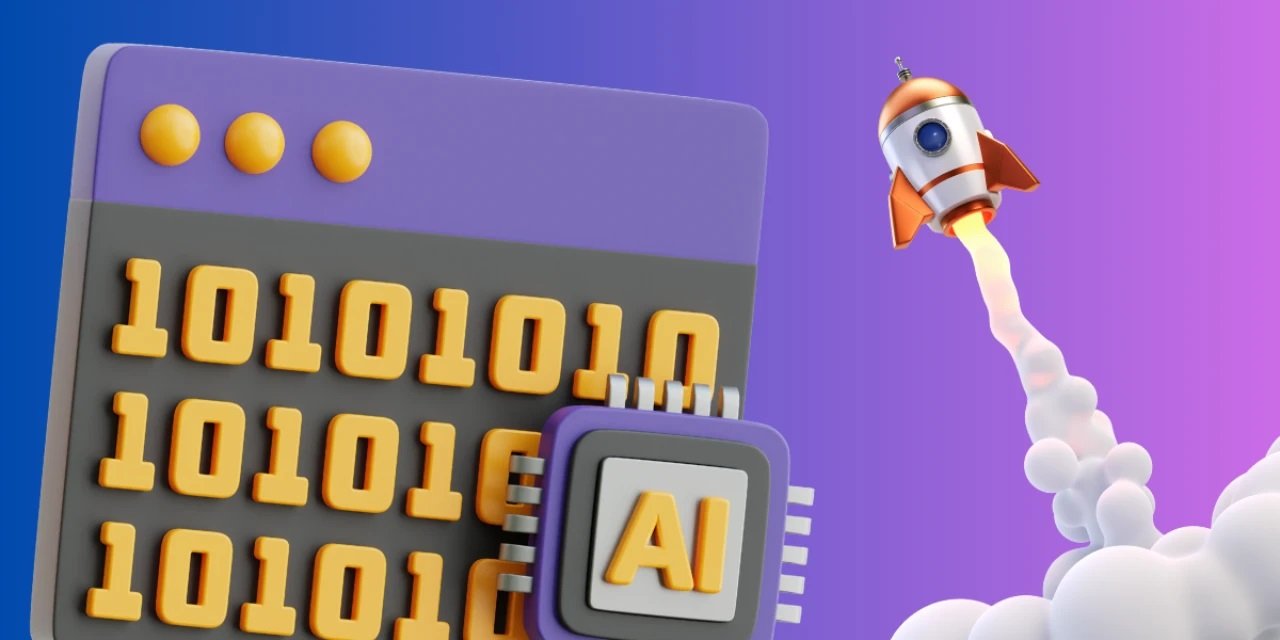If you’ve ever sat staring at a screen, watching a line climb higher and higher while wondering if you should hang on or cash out now, you already get the gist of a crash game. It’s one of the simplest loops out there, yet somehow it keeps people hooked. And while some folks compare it to live play – like reacting to the flow of a football match – it’s its own beast. So let’s talk about what makes a gambling crash game stand apart from both live-style play and the classic titles everyone knows.
The Thrill of Timing
Here’s the setup: the multiplier starts at 1x, then climbs. Higher and higher until, at some random moment, it crashes. Your whole experience boils down to one choice – lock in now or risk holding on longer. There’s no complicated pay table, no endless tutorial. Just timing and nerve.
Compare that to live betting, where you’re reacting to what happens in the real world – a goal in minute 87 or a last-minute boundary in cricket. The similarity is the immediacy. You act in real time, your pulse picks up, and the decision window is small. The difference? Crash games run entirely on RNGs (random number generators). Instead of the ball or the bat deciding your fate, it’s a coded algorithm that makes every round unique.
Shared Space vs. Solo Sessions
Traditional titles like slots or card tables are usually solitary. You’re spinning or clicking in your own lane. Crash games, though, flip that. Everyone’s in the same session, staring at the same curve. Add in live chat and a feed that shows who cashed out when, and suddenly you’re in a buzzing room rather than a private corner.
That sense of community is big in 2025. Just scroll through Twitch or YouTube streams right now – viewers want to experience things together. Crash games tap into that same energy, shrinking the distance between strangers with a simple, shared moment of suspense.
Risk, Control, and Agency
One of the sneaky reasons crash games work so well is how much control you’re given. You decide exactly when to stop. You can even set an auto rule – say, cash out at 2x – so the system does it for you if you blink at the wrong moment. That little bit of agency changes the whole feel.
In older formats, you press a button and wait. Here, you’re actively shaping your outcome. Players walk away feeling like their decisions mattered, not just the math under the hood – and this matters to them.
Why 2025 Belongs to Fast Formats
We live in an era of small pieces of information. TikTok clips, sports highlights, and news clips are shorter than ever, and even streaming providers experiment with interactive mini-shows. Games that can be played in 20 seconds fit right into that culture.
Crash games thrive on this rhythm. They’re mobile-first, one-thumb friendly, and resilient on shaky Wi-Fi. Perfect for a metro ride in Dubai or a quick break before the next cricket over. With cloud gaming surging this year and even the big publishers chasing shorter loops, it’s clear speed and simplicity aren’t just trends – they’re the new normal.
How They Differ From the Classics
To spell it out, here’s the contrast:
- Live play: Driven by real-world action, unpredictable but tied to the scoreboard.
- Traditional titles: Pattern-based, often solitary, guided by symbols or dealer rules.
- Crash games: Algorithm-driven, shared in real time, built on nerve and timing.
Each scratches a different itch. But only one combines community chatter, simple mechanics, and the adrenaline of split-second decisions.
Why Crash Games Hit Differently
So are crash games like live play? Sort of, in that they demand quick decisions in real time. But they’re also different, because the “opponent” isn’t a team or a scoreboard – it’s a system designed for pure tension. And unlike traditional formats, you’re rarely playing alone.
That mix – clarity, control, community – explains why crash games are everywhere in 2025. They’re fast, they’re social, they keep players coming back. Sometimes all you need is a rising line, a split-second decision, and the nerve to click.


